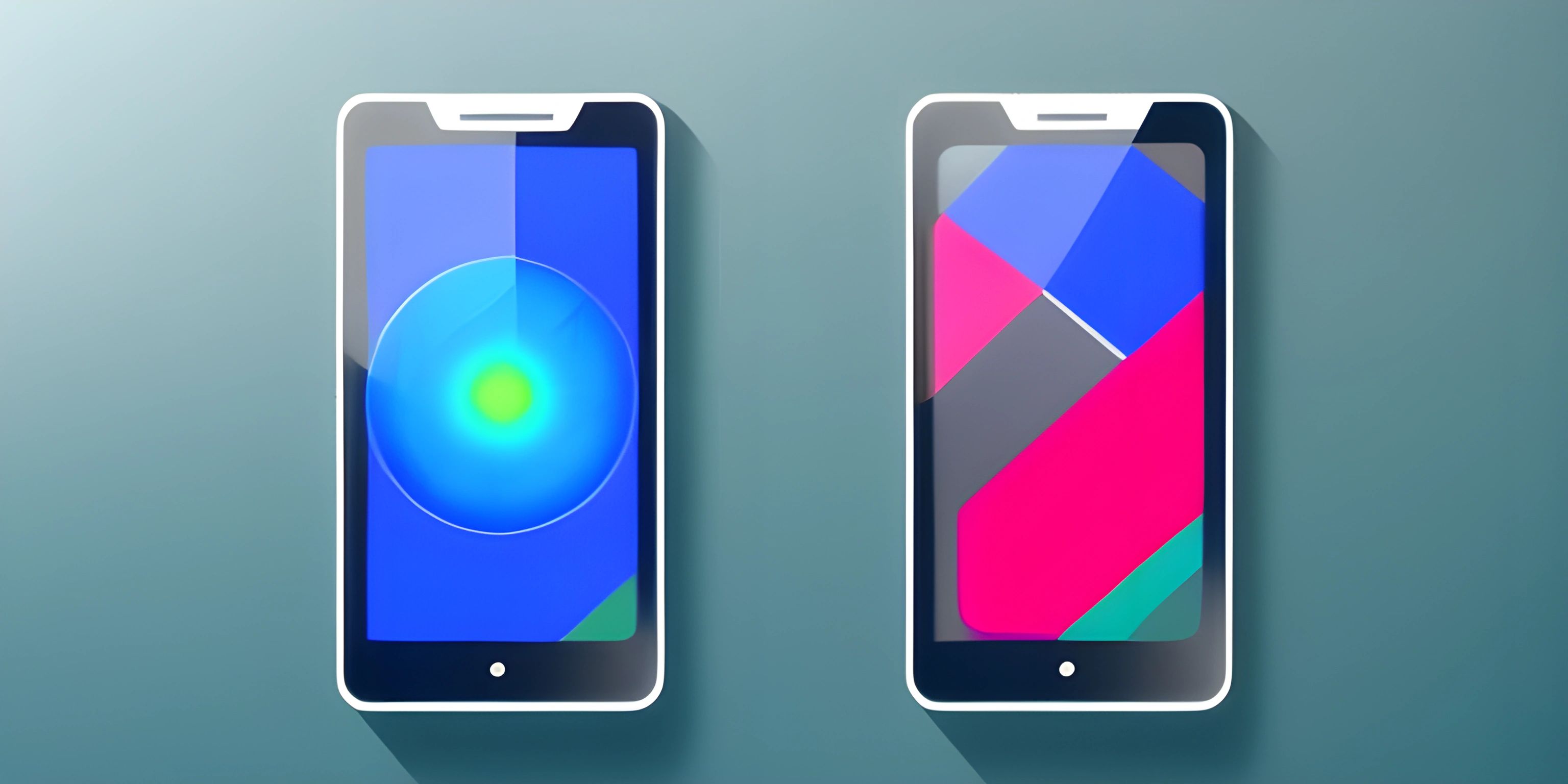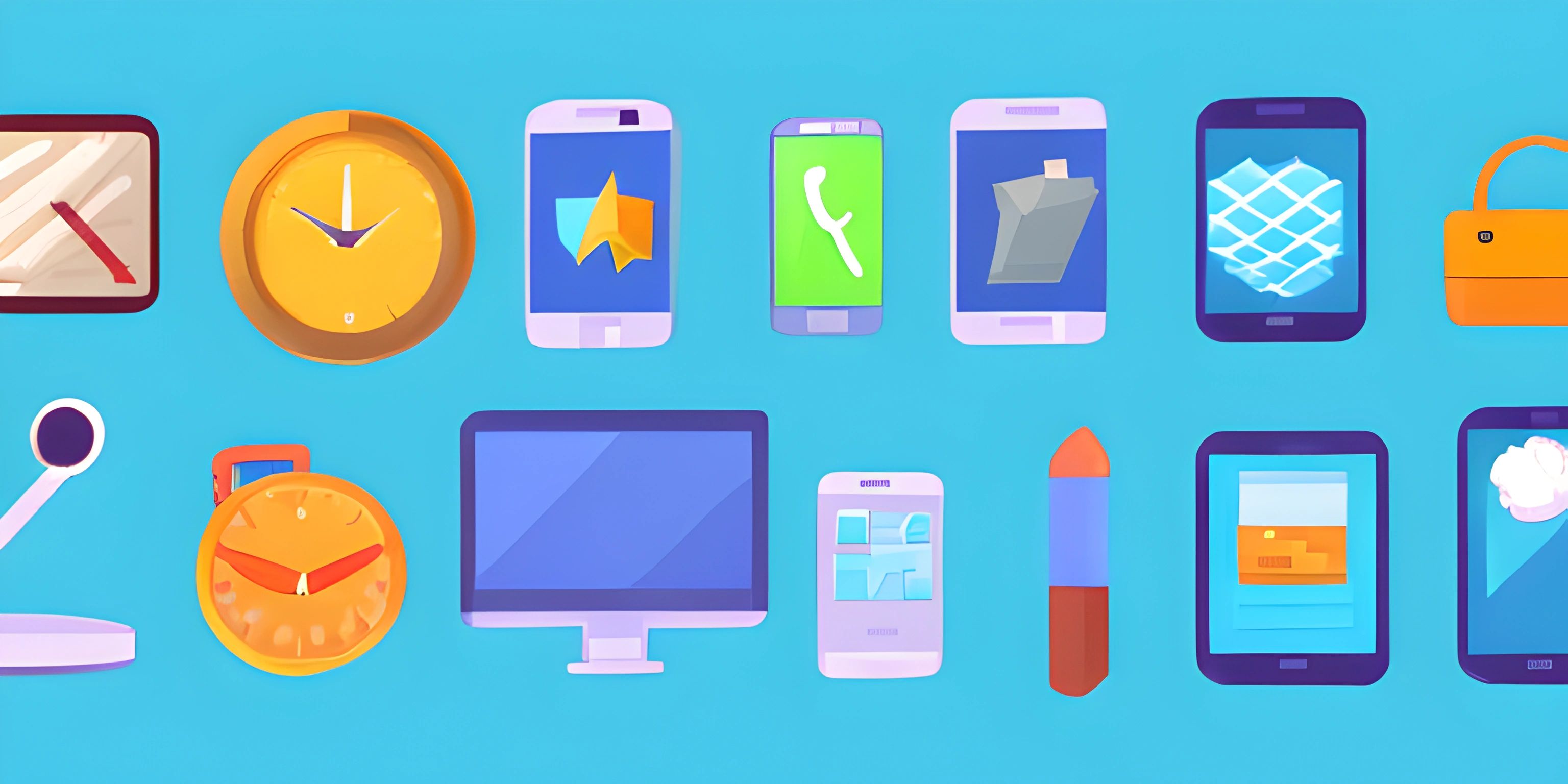Swift Overview

Note: this page has been created with the use of AI. Please take caution, and note that the content of this page does not necessarily reflect the opinion of Cratecode.
Swift is a powerful, general-purpose programming language created by Apple. It's designed to be easy to read and write, while also being efficient and fast. Swift has gained immense popularity since its introduction in 2014, and it's now the go-to language for iOS, macOS, watchOS, and tvOS development. It can also be used for server-side and other non-Apple platform applications. Whether you're an experienced programmer or a beginner, Swift has a lot to offer.
Swift's Origins and Evolution
Swift was introduced by Apple at the Worldwide Developers Conference (WWDC) in 2014. It was created to overcome some of the limitations and complexities of Objective-C, which was the primary language for Apple development at the time. Since then, Swift has gone through several major updates, with each version adding new features and improvements.
One of the key aspects of Swift's evolution is the open-source nature of the language. In 2015, Apple made Swift open-source, which means that developers can contribute to its development and make use of the language for other platforms beyond Apple's ecosystem.
Readability and Syntax
Swift is designed to be easy to understand and write. Its syntax is clean and concise, making it simple for new developers to learn and for experienced developers to read. For example, here's the infamous "Hello, World!" program in Swift:
print("Hello, World!")As you can see, the syntax is straightforward and easy to understand. In addition, Swift enforces good programming practices by requiring the use of constants and variables, which helps to prevent bugs and improve code quality.
Safety Features
Swift places a strong emphasis on safety, which means that it's designed to help developers write code with fewer errors. This is achieved through features such as optional types, which force developers to handle cases where a value might be missing or nil.
For example, to safely unwrap an optional value in Swift, you can use the if let or guard let statements:
var optionalString: String? = "I am a string."
if let unwrappedString = optionalString {
print("The unwrapped string is: \(unwrappedString)")
} else {
print("The string is nil.")
}This code checks if optionalString has a value and safely assigns it to unwrappedString if it does, preventing crashes caused by trying to access a nil value.
Swift for iOS Development
Swift has become the primary language for iOS development, and it's the recommended language for new projects. When developing for iOS, you'll use a combination of Swift and Apple's frameworks, like UIKit and SwiftUI, to create your app's interface and functionality.
With Swift, you can build apps for iPhone, iPad, Apple Watch, Apple TV, and Mac, making it an incredibly versatile language for Apple platform development.
Swift Beyond Apple Platforms
Although Swift was initially created for Apple development, its open-source nature has allowed it to spread to other platforms as well. You can use Swift for server-side development with frameworks like Vapor and Kitura. Additionally, you can use tools like the Swift for TensorFlow project to leverage Swift's capabilities for machine learning and artificial intelligence.
Final Thoughts
Swift has grown rapidly since its introduction and is now an essential skill for any developer working with Apple platforms. Its clean syntax, safety features, and versatility make it a powerful language for a wide range of applications. If you're looking to dive into iOS development or expand your programming skills, learning Swift is an excellent choice.
Hey there! Want to learn more? Cratecode is an online learning platform that lets you forge your own path. Click here to check out a lesson: Why Program? (psst, it's free!).





